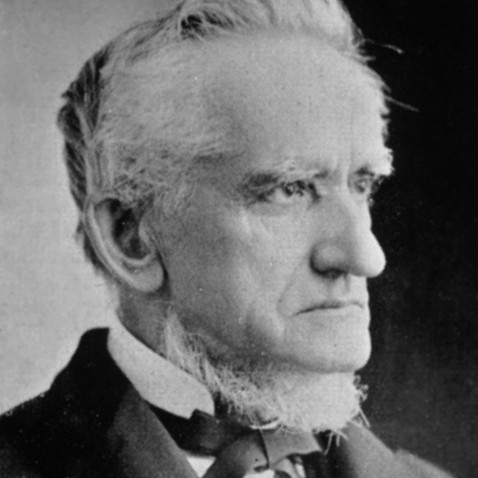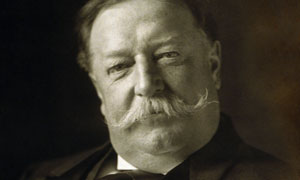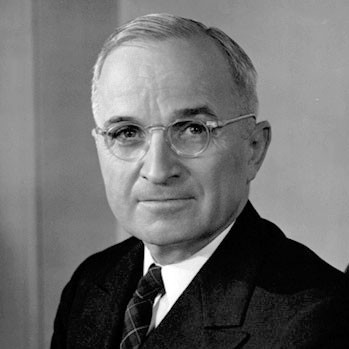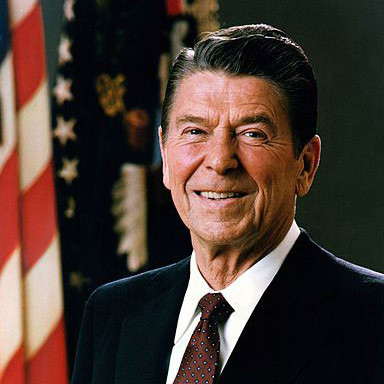
9 Pieces of Association History You Didn’t Know
Groups that represent members, advocate for industries, and give a collective voice to those who need one are pretty common these days—but they had to start somewhere. Check out this roundup of association history; you might be surprised by what you learn.
You probably know your association’s history like the back of your hand, but do you know the history of the tradeshow? How about how the nonprofit tax code got its start?
Check out this list of historical association facts—you might be shocked by what you learn. You definitely didn’t find this stuff in any of your history classes.

1. A Revolutionary War officer may have been the first lobbyist.
William Hull first gained prominence during the Revolutionary War, when he served as an officer. But it was the work he did after the war that made him part of the history books.
Hull, who also fought in the War of 1812, didn’t forget the service that wartime veterans offered to the country—he lobbied on their behalf. While based in Massachusetts, veterans in Virginia, who were looking for compensation for their military service, reached out looking for help. When he got to Washington, he was reportedly the only veteran advocate there.
According to the late Sen. Robert Byrd (D-WV), who moonlighted as a historian, Hull later pushed other veterans’ groups throughout the country to send representatives to Washington to advocate for the compensation bill.
Hull’s role as one of the country’s first lobbyists led to bigger things: He later became the head of the Ancient and Honorable Artillery Company of Massachusetts, the country’s first chartered military organization, and he was the first governor of the newly christened Michigan Territory.
The 1845 American Institute Fair.
2. The history of tradeshows in the U.S. extends back to 1829.
The American Institute Fair, held in New York City annually during part of the 19th century, is considered one of the first major tradeshows created by a national organization.
The event, launched in 1829 by the American Institute, was formed to show off inventions by U.S. industries.
While some historians consider it the country’s first World’s Fair, a New York event that debuted later, the Exhibition of All Nations, was much larger and probably has a better claim to that title.
The American Institute later merged with the New York Academy of Sciences.
The first edition of the Journal of the American Medical Association.
3. The founder of the American Medical Association later edited its medical journal.
Dr. Nathan Smith Davis, who played a key role in founding the American Medical Association when he was just 30 years old, was active with the association for more than 40 years. Davis helped to found it in 1847 after a stint at the New York Medical Society—and AMA considers Davis its founder.

Building a career in academia, Davis later became a prolific author and medical journal editor, and when AMA launched the Journal of the American Medical Association in 1883, he became its first editor.
4. The history of tax-exempt organizations extends back 120 years.
Nonprofits are common today, but there wasn’t much of a need for them at the federal level at first. That’s because the Internal Revenue Service didn’t get its start until 1862, before which myriad state laws and statutes taxed land.
But as wealth eventually came to be held in forms other than property, federal laws were passed that gave the tax system its form—including information on what kinds of organizations were tax-exempt.
“The structure of tax exemption granted to the charitable and voluntary sector outlined in the United States Tax Code was developed through legislation enacted between 1894 and 1969,” the IRS noted in 2008 [PDF].
The first law implying that there would be tax-exempt organizations was 1894’s Wilson–Gorman Tariff Act.
5. The NAACP wasn’t the first civil-rights organization.
While numerous groups have claimed the mantle of being the first-civil rights organization, including the National Rifle Association (NRA) and the NAACP, the group that has the strongest claim to it is the National Association of the Deaf, which was founded in 1880 with the goal of supporting the rights of the deaf and hard of hearing.

“The organization formally adopted the name of ‘National Association of the Deaf’ in 1889,” the association wrote in a 2014 blog post. “This founding predates the NAACP by at least twenty years.”
While the NRA is older than both groups, its advocacy efforts didn’t begin until after both the NAACP and NAD had launched.

6. A president came up with the idea of the U.S. Chamber of Commerce.
President William Howard Taft laid the groundwork for the U.S. Chamber of Commerce in 1911, when, in a statement to Congress, he called for a “central organization in touch with associations and chambers of commerce throughout the country and able to keep purely American interests in a closer touch with different phases of commercial affairs.”
Four months later, such a group launched. Industry works quickly.
7. ASAE is 95 years old.
The American Society of Association Executives isn’t nearly as old as the U.S. Chamber of Commerce, but it has a pretty significant history of its own. ASAE launched in 1920 with 67 charter members. Also of note: The group’s Certified Association Executive (CAE) certification program didn’t launch at the same time ASAE did—rather, it launched in 1960 as a multiple-choice exam.
(National Women’s History Museum)
8. The founder of AARP was a longtime educator before she found her second calling.
Ethel Percy Andrus, the founder of the American Association of Retired Persons (AARP), launched the association in 1958, 11 years after starting the National Retired Teachers Association.
Andrus, a onetime school principal, launched the predecessor association in an effort to help former educators get health insurance. Andrus’ work paid off in 1965, when the federal government started Medicare. But insurance wasn’t the only reason for her interest in creating an organization for retired Americans—she wanted to ensure that those late in life remained active and passionate.
“The human contribution is the essential ingredient. It is only in the giving of oneself to others that we truly live,” Andrus is quoted as having said.
9. At least three former presidents can be counted as former association or union executives.

Before he became president, Harry Truman led the National Old Trails Road Association, a trade group that pushed for infrastructure improvements in the early days of the automobile. He didn’t spearhead the Interstate Highway system, but he easily could have, the Department of Transportation wrote several years ago.

Over the years, many governors have used leadership in the National Governors Association to try to improve their chances of becoming president, but only Bill Clinton managed to pull it off; he chaired the association in the 1980s. Jimmy Carter unsuccessfully ran for the role a decade before (apparently he didn’t need it).

And Ronald Reagan may have been known for busting unions as president, but ironically, he had a background leading a union. He led the Screen Actors Guild for multiple stints in the 1940s and 1950s. In taking on the Soviet-controlled Polish government early in his presidency, in fact, he called belonging to a trade union “one of the most elemental human rights.”
What’s your favorite piece of association history—whether from your own organization, or someone else’s? Share it in the comments.






Comments